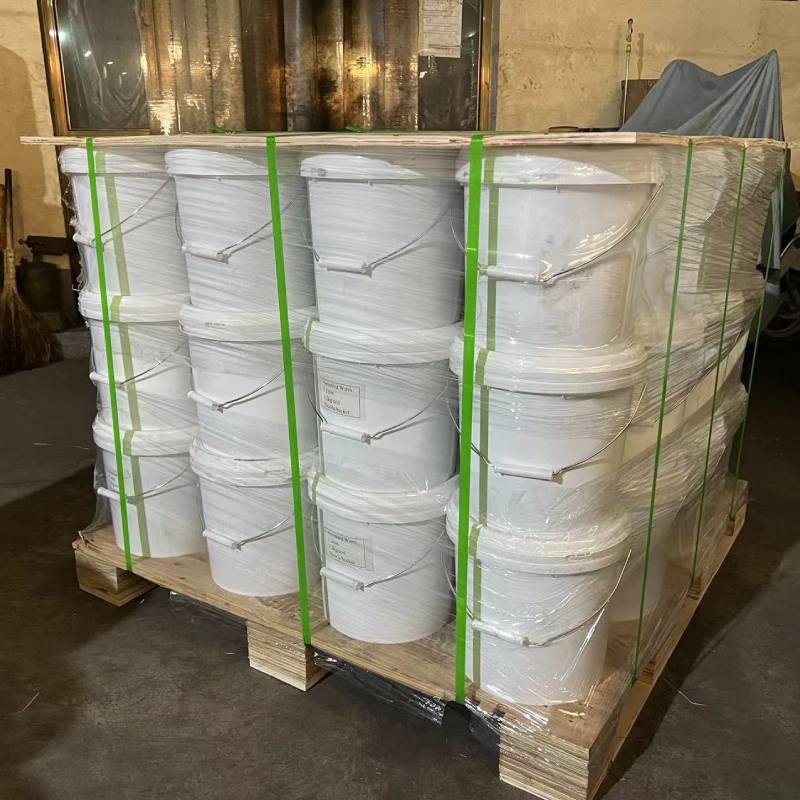
- Mobile Phone
- +8613931874955
- sales@cntcmetal.com
Creative Ways to Use Wire Wall Ties in Home Decor and Design
The Essential Role of Wire Wall Ties in Construction
In the realm of construction and architecture, every detail counts when it comes to ensuring the safety, longevity, and aesthetic appeal of a structure. One critical component that often goes unnoticed is the wire wall tie. These seemingly humble elements play a vital role in the stability and integrity of various walls, especially in masonry and brickwork. This article delves into the functions, types, installation practices, and the importance of wire wall ties in modern construction.
Understanding Wall Ties
Wire wall ties are slender metal components used to connect two or more walls or layers of masonry. Their main function is to provide structural support and to maintain the alignment of walls, especially in cavity wall construction. Cavity walls, which consist of two separate walls with a gap or cavity between them, rely on wall ties to anchor the outer layer to the inner layer, ensuring stability and reducing the risk of structural failure.
Functions and Benefits
Wall ties serve multiple crucial functions in construction. Firstly, they provide lateral support, helping walls resist wind loads and other external forces. This is particularly significant in regions prone to extreme weather conditions. Secondly, wall ties help manage moisture and condensation. By connecting the inner and outer layers of a wall, they enable better drainage and ventilation, minimizing the risk of water damage and mold growth.
Additionally, wire wall ties enhance the overall aesthetic of a building. Since they are installed within the wall, they do not compromise the visual appeal of the structure. Instead, they contribute to a cleaner finish and a more robust design.
Types of Wire Wall Ties
There are several types of wire wall ties, each designed for specific applications
. The most common types include1. Vertical Ties These are typically used in cavity walls, running vertically to connect the two outer layers of the wall. They provide primary support against lateral forces.
wire wall ties

2. Horizontal Ties Used in specific architectural designs, horizontal ties help to distribute the weight of the wall evenly across its structure.
3. Flexible Ties These ties can bend and adjust to various wall configurations, making them suitable for irregular or curved surfaces.
4. Stainless Steel Ties For areas exposed to harsh environments, stainless steel ties provide enhanced durability and corrosion resistance, ensuring longevity and reliability.
Installation Practices
Proper installation of wire wall ties is crucial for their effectiveness. Generally, ties should be spaced adequately according to building codes, which usually suggest a spacing of about 2-3 ties per square meter. They should be aligned with the wall’s mortar joint, ensuring they are properly embedded and anchored.
Moreover, it's essential to ensure that wall ties are installed in sufficient quantity to bear the load they are designed to support. Using high-quality materials and adhering to industry standards can prevent future structural issues, including cracking or bowing.
The Importance of Regular Inspections
Regular inspections of wire wall ties are essential for maintaining structural integrity. Over time, factors such as corrosion, environmental wear, or even poor installation can diminish their effectiveness. Buildings should undergo routine assessments to ensure wire wall ties are securely positioned and functioning as intended.
Conclusion
Wire wall ties may not be the most glamorous aspect of construction, but their significance cannot be overstated. By providing essential structural support, enhancing moisture management, and ensuring the overall alignment of walls, these components play a pivotal role in the stability and longevity of buildings. As we continue to innovate in construction techniques, understanding and appreciating the role of wire wall ties will remain a fundamental aspect of engineering and architectural practices. Ensuring that they are installed correctly and maintained over time will not only safeguard investments but also enhance the safety and comfort of those who inhabit these structures. In a world where efficiency and durability are paramount, wire wall ties stand as a testament to the intricate balance of function and design in modern construction.
share:
-
Your Source for Concrete Wall Ties and Masonry AccessoriesNewsJul.10,2025
-
Unlocking the Power of Iron Wire for Every ProjectNewsJul.10,2025
-
Explore Advanced Chain Wire and Stainless Steel Mesh FencingNewsJul.10,2025
-
Discover the Benefits of Annealed Wire ProductsNewsJul.10,2025
-
Discover China Stainless Steel Wire Mesh SolutionsNewsJul.10,2025
-
Build with Confidence Using High-Performance Masonry AccessoriesNewsJul.10,2025
-
Why Sacrificial Formwork Is Redefining Underground ConstructionNewsJun.06,2025



















